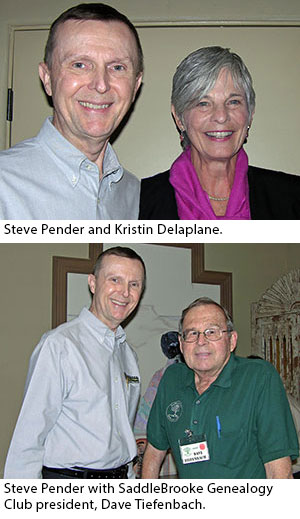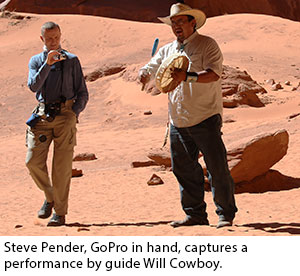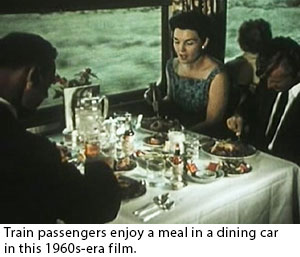Answer: The first one, of course. Unless you take that first step, none of the other steps can follow. But what is that first step – and how do you take it?
Think about a decision you made recently. Maybe you decided to look for a new job, to sell or buy a house, to take a long overdue vacation – whatever the decision, you probably spent some time idly thinking or daydreaming about it. But then came a moment when the time was right and you decided, for whatever reason, to actually DO IT. Like the “big bang” that created our universe, your “big bang” decision set in motion all the steps that ultimately led you to create a particular reality and outcome.
The same process applies to creating video biographies. Have you been kicking around the idea of creating a family or personal history video? If so, that’s great. But idle thought does not a video make. Until you commit yourself and move from daydreaming to actually spearheading your legacy video project, your video will always remain a pipe dream. You need to decide, for whatever reason (a love of family history, the desire to preserve and celebrate yours or a loved one’s life stories), that the time is now and that you are the person for the job.
Once you make that decision, you’ll be amazed at how energized and focused you’ll become. You’ll also find that, according to the old maxim, “When the student is ready the teacher appears.” Once you’re truly ready, resources (like Family Legacy Video® products and services) will start to cross your path. Most likely, your enthusiasm for the project will also inspire other family members to help you.
So that’s the first step. Before you think about how you’d like your video to look, what pictures to include or the kind of music to use – decide to DO IT. Then jump into the project with enthusiasm and energy. You’ll be amazed at the results.


